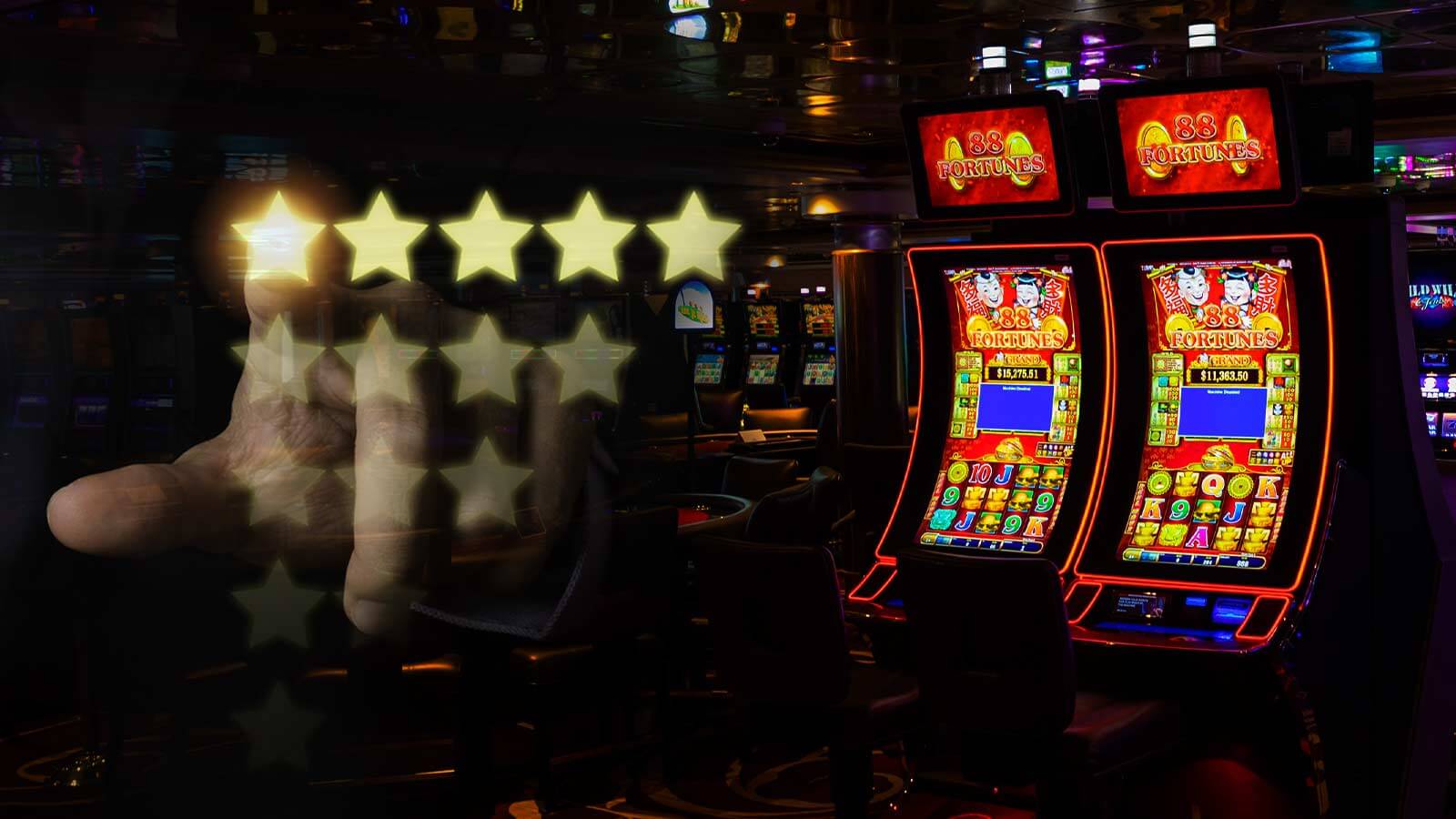
Within a dynamic and exciting world of gaming establishments, where fortune and strategy intertwine, color and aesthetic play a key role in drawing in gamblers. From the moment players step into a casino or log into a gaming website, they are enveloped in a visual feast that grabs their attention and entices them to discover further. Vivid colors, captivating graphics, and innovative layouts are meticulously crafted to create an atmosphere of thrill and expectation, ultimately enhancing the gaming encounter.
As gamblers move through the dynamic landscape of casino games, they encounter a variety of designs that not only serve visual purposes but also influence feelings and choices. Colors like scarlet and gold symbolize wealth and luck, while soothing navy and emeralds can create a more tranquil environment. Grasping how these elements function together enables casinos to create an welcoming and energizing atmosphere that encourages players to engage with the games, spend more time at the tables, and boost their general enjoyment.
The Science of Tint in Casino Games
Hue plays a key role in the creation of gaming experiences, influencing player emotions and behaviors. Bright and striking hues, such as red and gold, are often used to stimulate excitement and capture focus. These shades create a sense of pressure and dynamism, encouraging players to involve themselves more readily with the game. By intentionally selecting colors, developers aim to evoke feelings of joy and excitement, which can enhance the total gaming experience.
Different shades also have psychological connotations that can impact how participants perceive their odds of winning. For instance, green is commonly associated with luck and wealth, making it a frequent choice in games like roulette and poker games. This association can lead participants to feel more hopeful and assured in their play, ultimately encouraging them to stake more. Grasping these links allows game creators to design environments that enhance player enjoyment and engagement.
Furthermore, the interface of casino game interfaces often uses gradients and opposing hues to instruct player actions. For case, successful outcomes may be emphasized with striking, opposing colors, creating a visual incentive. This method reinforces positive outcomes and supports repeated gameplay. By exploiting color psychology, gaming venues can design activities that not only draw participants but also hold them involved and invested in their gaming experience.
Creative Elements that Attract Players
The aesthetic appeal of casino games is primarily influenced by the implementation of bold colors. Bright and contrasting colors are strategically chosen to create an appealing atmosphere that grabs interest. For example, reds and golden hues often signify luck and wealth, which is why they are common in the color schemes of gaming machines and game surfaces. These colors not only attract players in, but they also evoke emotions associated with thrill and expectation, enhancing the total gaming experience.
In addition to color, the design and organization of gambling games play a significant role in player attraction. Games are designed to be user-friendly, ensuring that players can quickly understand the rules and gameplay. User-friendly interfaces, along with engaging graphics and motion, help maintain player interest and promote longer play sessions. The physical elements, such as the feel of the buttons and the sounds of the games, also add to a holistic sensory experience that keeps players immersed.
Finally, thematic elements in game design can significantly influence gaming decisions. Many casino games are inspired by popular culture, fairy tales, or exploration motifs, incorporating symbols and characters that resonate with players. These themes create a sense of immersion and connection, making each game feel unique. When players feel a bond to the concept, they are more likely to opt for that game over others, leading to higher participation and enthusiasm within the gambling environment.
Case Studies: Notable Gambling Game Designs
One noteworthy example of effective gambling game design is the popular slot machine series based around popular movies. Games such as those based on the Wizard of Oz and Game of Thrones utilize dynamic colors and high-quality graphics to enthrall players in familiar narratives. The application of dynamic visuals and captivating sound effects grabs the interest of players, creating an emotional connection to the theme. This tactic not only encourages longer play but also boosts the overall gaming experience, yielding increased player retention.
Another effective case is the application of color in table games like blackjack and the wheel. Casinos often create these games with dark reds and greens, colors traditionally linked with luck and wealth. For instance, the emerald felt on a blackjack table provides a soothing effect, while the red accents in the wheel invite excitement. This deliberate use of color helps to establish an inviting atmosphere that encourages players to engage, fulfilling their psychological impulses and boosting their enjoyment.
Finally, social casino games that feature social features and lively, colorful designs have experienced remarkable success in engaging players. Games like Zynga’s Poker and Slot-O-Mania leverage vivid colors and playful animations to create an inviting online environment. The inclusion of leaderboards, community sharing options, and in-game rewards encourages competition and community, drawing players in for longer sessions. Such designs not only make the games visually enticing but also underscore social connectivity, a vital factor in player retention and engagement within online casino environments.
Ga179
